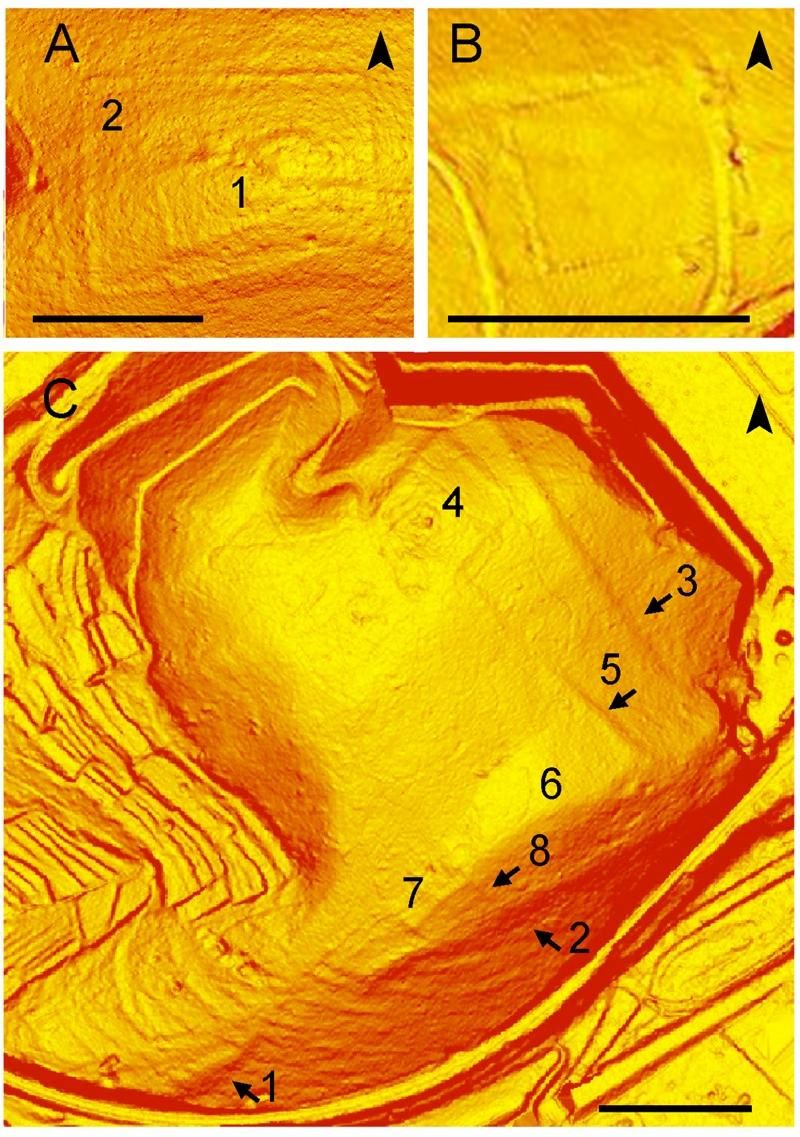The Oldest Known Ancient Roman Fort Has Been Discovered in Italy
Researchers use laser scanners to identify a Roman military camp that may have initiated the settlement of the modern Italian city of Trieste
/https://tf-cmsv2-smithsonianmag-media.s3.amazonaws.com/filer/9a/e7/9ae727a2-08b8-4f8f-8693-a71b3a5aba80/fg001233.jpg)
A team of researchers investigating the land surrounding the Bay of Muggia, near Italy’s border with Slovenia, has found evidence of a large Roman fort believed to be the oldest ever discovered.
Strategically positioned on a hilltop overlooking a natural harbor on the Adriatic coast, the fortification was part of a large military camp stretching over 32 acres, LiveScience’s Charles Q. Choi reports. It had 80-foot-wide ramparts to keep potential enemies at bay and was flanked by two smaller forts on either side.
In a study published this week in the Proceedings of the National Academy of Sciences, the group of scientists responsible for the exciting discovery wrote that the complex was likely built in 178 B.C.—two decades earlier than the oldest confirmed Roman military camp, located in Spain. It’s the “first Roman military camp discovered in Italy,” writes Choi and was “probably created during Roman wars against people known as the Histri, who controlled the nearby Istrian Peninsula.”
"Their objective was also to protect the new neighboring city of Aquileia from the incursion of the Istrian peoples," study co-author Claudio Tuniz told LiveScience. "Its port was an important emporium for the trade of wine, olive oil and slaves. Aquileia would later become one of the capitals of the Roman Empire."
The find is in large part thanks to an advanced technology called LiDAR that allows archeologists to identify ancient sites that would have been difficult—if not impossible—it discover using the traditional tools of the trade. Already in use by scientists studying ancient, hidden settlements in Central America, the tool allows scientists to use lasers to scan the ground for features obscured by time, flora, and modern habitation.

"With LiDAR, we discovered in a few months more prehistoric archaeological structures than those discovered during one century of work with conventional archaeological methods," said Tuniz. Once the team saw evidence of the fort, he explained, archeologist and lead author Federico Bernardini went in search of tangible evidence at the site. He quickly came up a variety of artifacts including “the characteristic hobnails used to make the military shoes of Roman soldiers and fragments of Roman amphorae, widely used to store oil, wine and other food products."
The team believes the fort “may have provided the foundation for the colony of Tergeste, the ancestor of the modern city of Trieste,” writes Choi. They plan to investigate the site further in hopes of gaining new and deeper insight into the origin and architecture of early Roman military camps and forts, which were precursors to many European cities still thriving today.
/https://tf-cmsv2-smithsonianmag-media.s3.amazonaws.com/accounts/headshot/lauraclark.jpeg)
/https://tf-cmsv2-smithsonianmag-media.s3.amazonaws.com/accounts/headshot/lauraclark.jpeg)